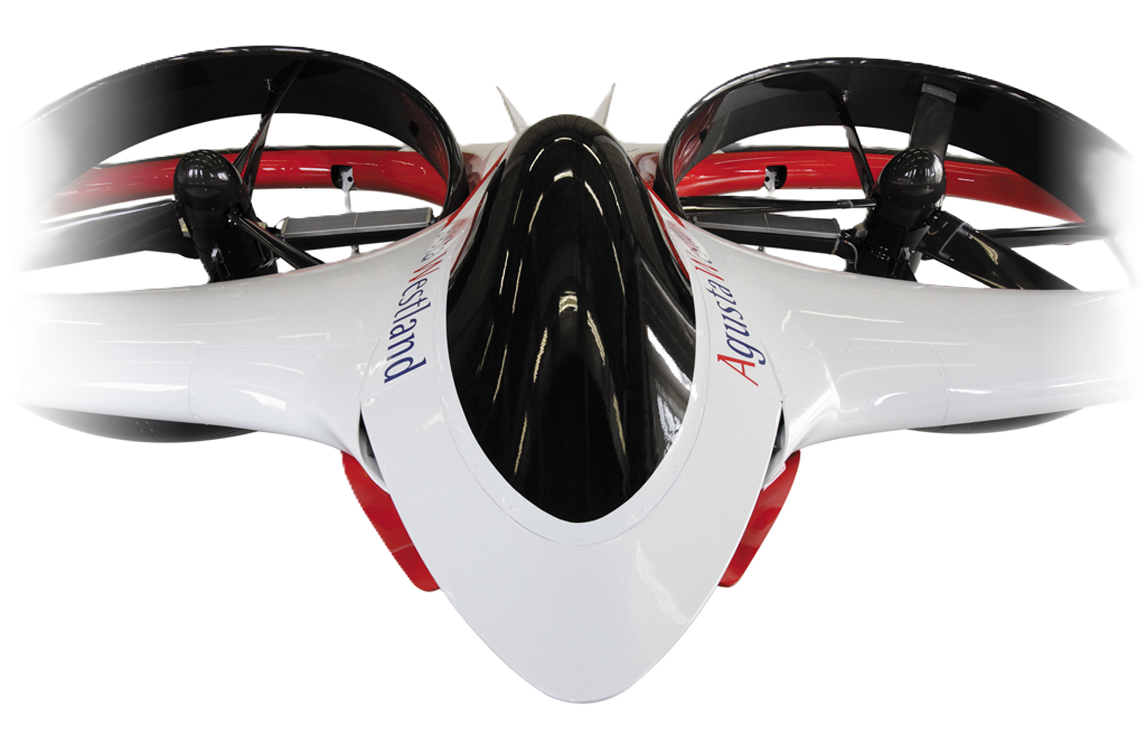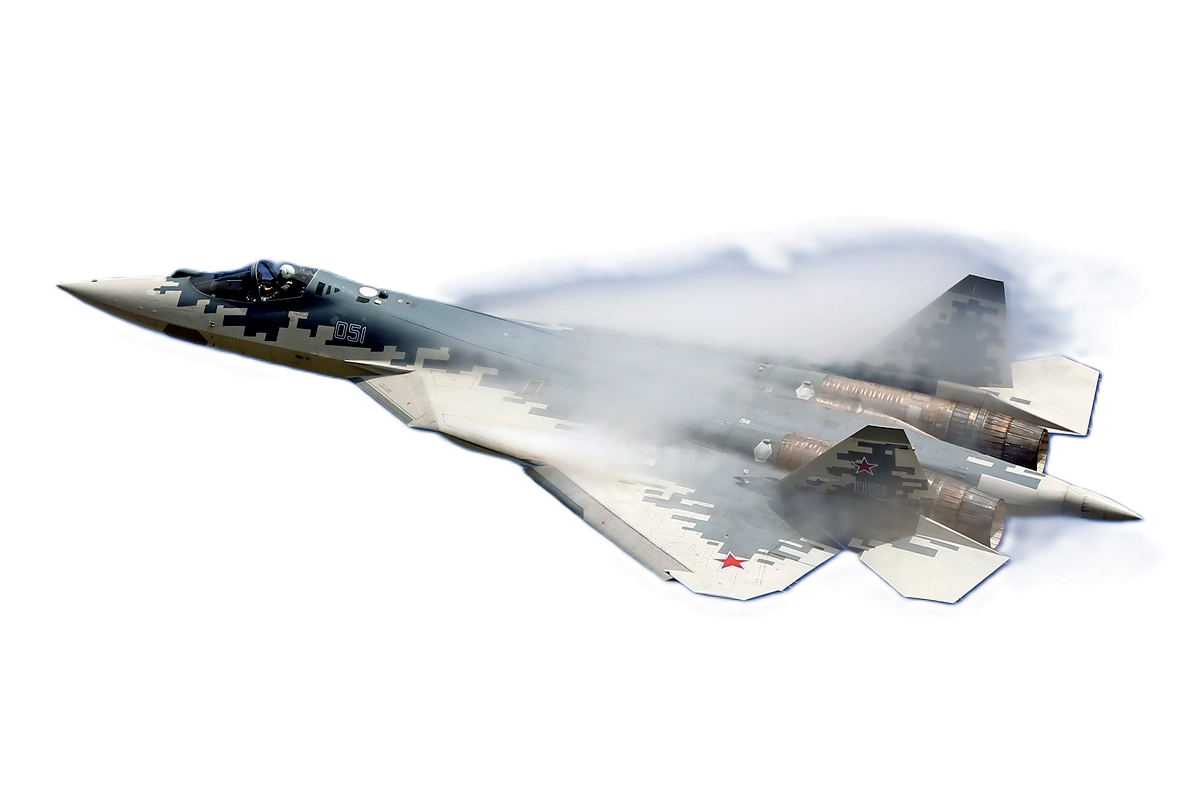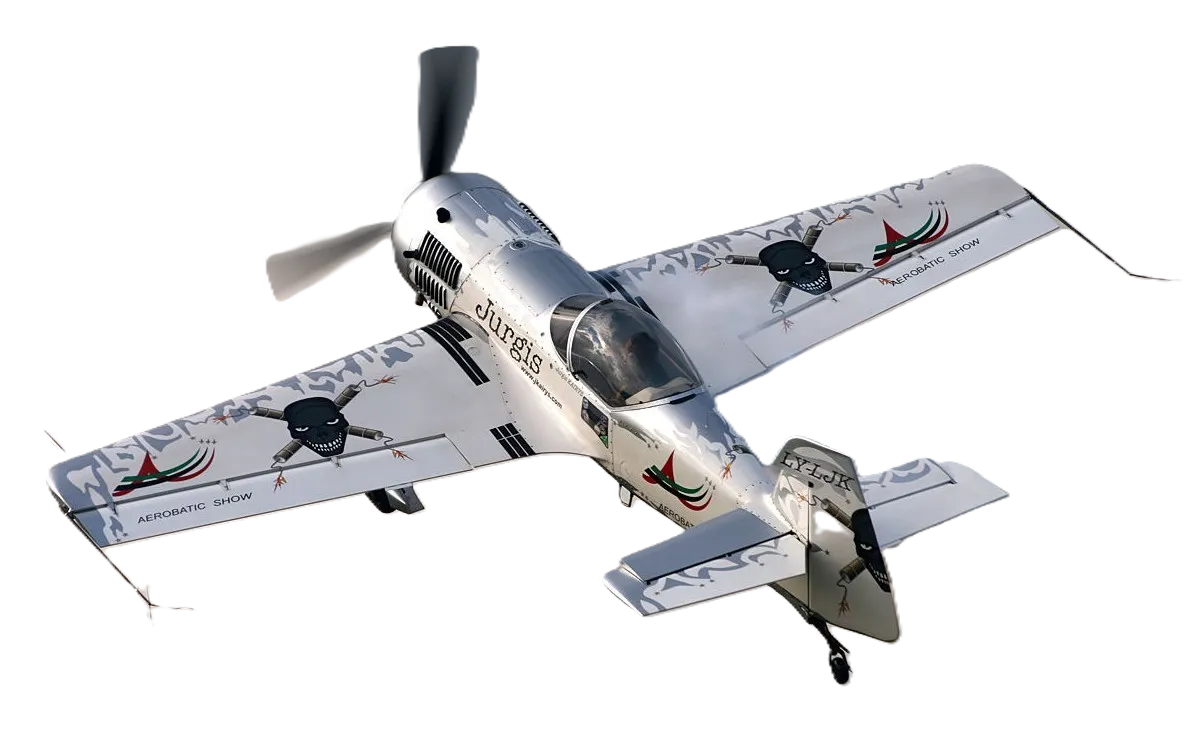General Info
British Aerospace
British Aerospace
BAe Tr.1 Hawk
 |
|
| BAE Hawk T1 trainer of the Royal Air Force | |
| Role | Advanced trainer aircraft |
|---|---|
| National origin | United Kingdom |
| Manufacturer | Hawker Siddeley (1974–1977) British Aerospace (1977–1999) BAE Systems MAI division (1999–present) |
| First flight | 21 August 1974 |
| Introduction | 1976 |
| Status | In service |
| Primary users | Royal Air Force Indian Air Force Finnish Air Force Indonesian Air Force |
| Produced | 1974–2022 |
| Number built | 1,000+ |
| Variants | British Aerospace Hawk 200 |
| Developed into | McDonnell Douglas T-45 Goshawk |
.
History British Aerospace
BAe Tr.1 Hawk
Produced 1974–2022
Number built 1,000+

The BAE Systems Hawk is a British single-engine, jet-powered advanced trainer aircraft. It was first known as the Hawker Siddeley Hawk, and subsequently produced by its successor companies, British Aerospace and BAE Systems. It has been used in a training capacity and as a low-cost combat aircraft.
Operators of the Hawk include the Royal Air Force (notably the Red Arrows display team) and several foreign military operators. The Hawk was produced until 2020 in the UK, and continues to be produced under licence in India by Hindustan Aeronautics Limited (HAL), with over 1000 Hawks sold to 18 operators around the world.
Design

Operational history
United Kingdom

0
KmCeiling
0
KmCombat RANGE
0
MachAircraft Speed
0
Max Crew
Gallery
Photo Gallery
Photo Gallery
British Aerospace
BAe Tr.1 Hawk
Produced 1974–2022
Number built 1,000+


British Aerospace BAe Tr.1 Hawk Produced 1974–2022 Number built 1,000+
British Aerospace
BAe Tr.1 Hawk
British Aerospace
BAe Tr.1 Hawk
Produced 1974–2022
Number built 1,000+
1
General Info
-
- Crew: 2: student, instructor
- Length: 12.43 m (40 ft 9 in)
- Wingspan: 9.94 m (32 ft 7 in)
- Height: 3.98 m (13 ft 1 in)
- Wing area: 16.70 m2 (179.64 ft2)
2
Powerplant
-
- Empty weight: 4,480 kg (9,880 lb)
- Useful load: 3,000 kg (6,600 lb)
- Max takeoff weight: 9,100 kg
- Powerplant: 1× Rolls-Royce Turbomeca Adour Mk. 951 turbofan with FADEC, 29 kN (6,500 lbf) 29 kN
3
Performance
- Never exceed speed: Mach 1.2 (in dive)
- Maximum speed: Mach 0.84 (1,028 km/h, 639 mph, 555 kn) at altitude
- Range: 2,520 km (1,360 nmi, 1,565 mi)
- Service ceiling: 13,565 m (
- Rate of climb: 47 m/s (9,300 ft/min)
4
Armament
- 1× 30 mm ADEN cannon, in centreline pod
- Up to 6,800 lb (3,085 kg) of weapons on five hardpoints, including:
- 4× AIM-9 Sidewinder or ASRAAM or A-Darter on wing pylons and wingtip rails
- 2x Umbani or Al Tariq
- 1,500 lb (680 kg), limited to one centreline and two wing pylons
.
Special Links British Aerospace BAe Tr.1 Hawk Produced 1974–2022 Number built 1,000+
Links to Youtube & Others
In Canada, the Hawk – designated as the CT-155 Hawk – was used to train pilots for front-line fighter aircraft. The aircraft was operated under the NATO Flying Training in Canada (NFTC) program, which was provided by the Military Aviation Training division of Bombardier Aerospace but transferred to CAE by acquisition in 2015
British Aerospace
BAe Tr.1 Hawk
The Hawker Siddeley Hawk T1[(Trainer Mark 1) was the original version of the Hawk used by the RAF,
Youtube Link
The British Aerospace Hawk T1A is a modified Hawk T1,[107] intended to replace the Hawker Hunter in the RAF's Tactical Weapons Units













.svg.png)